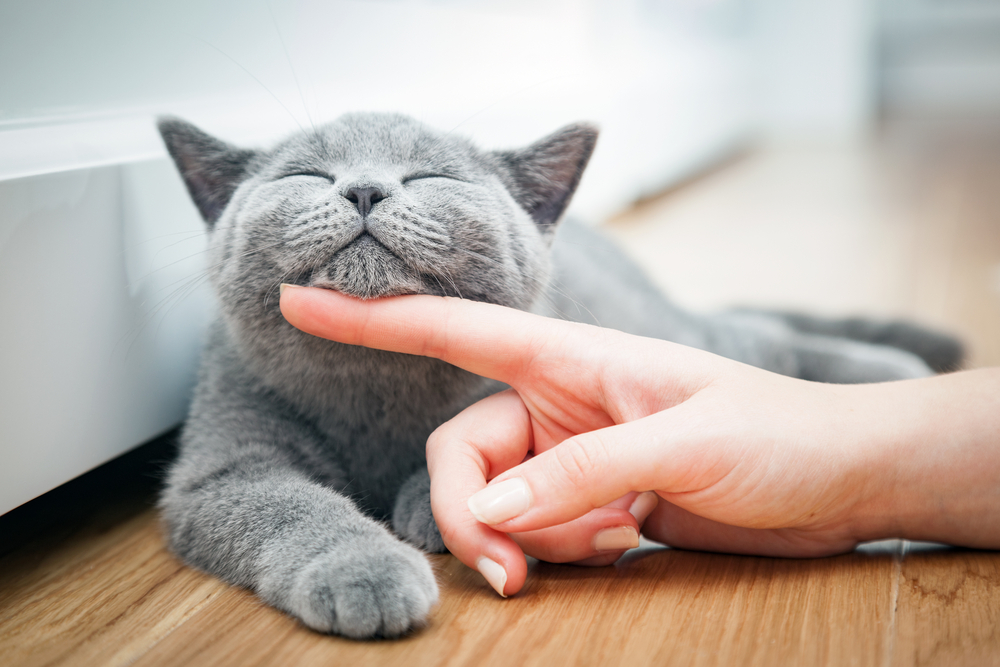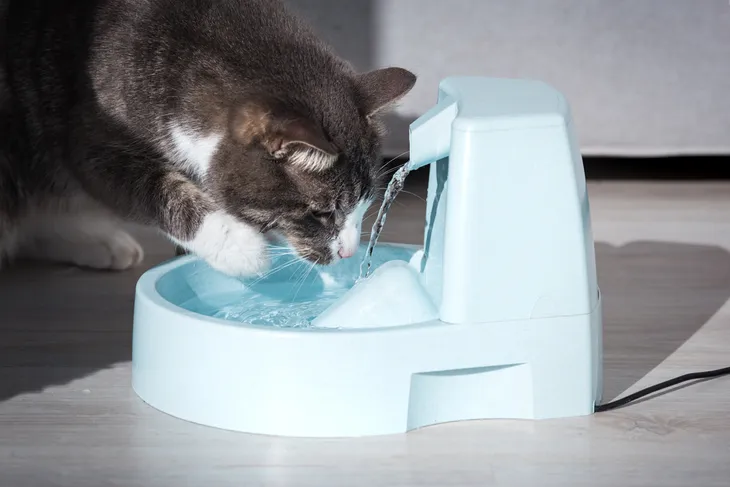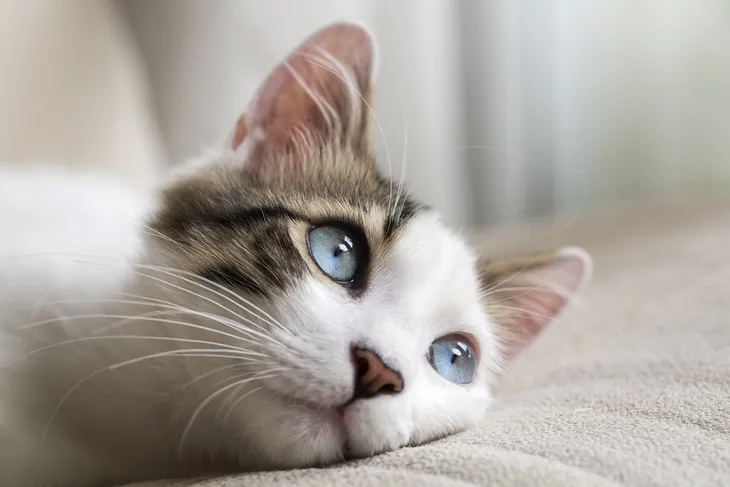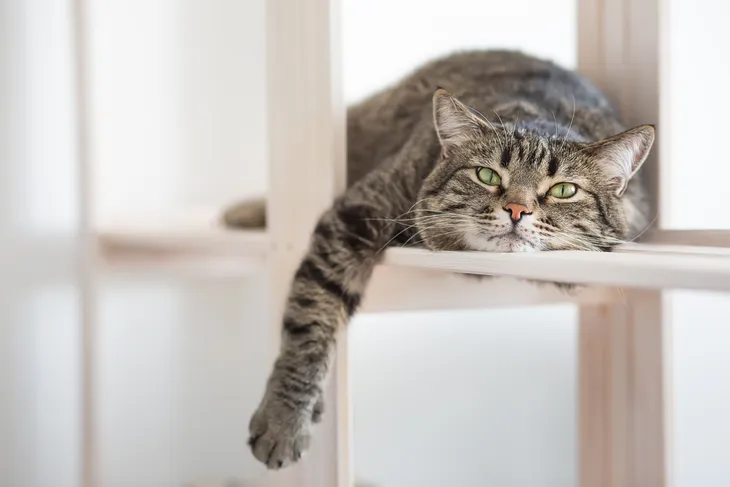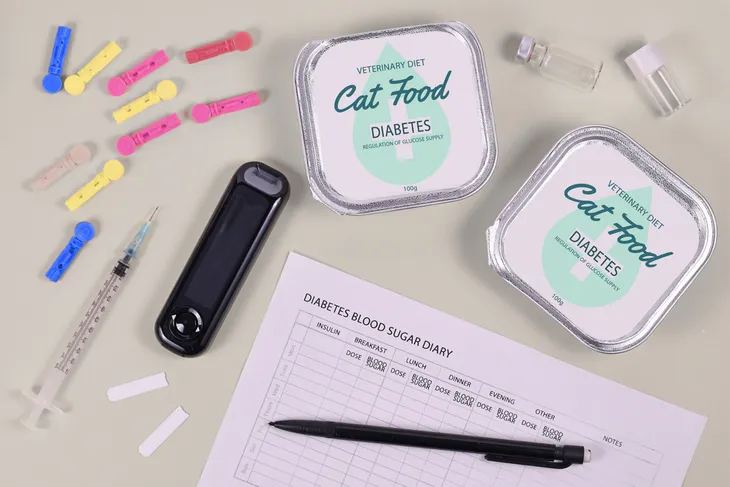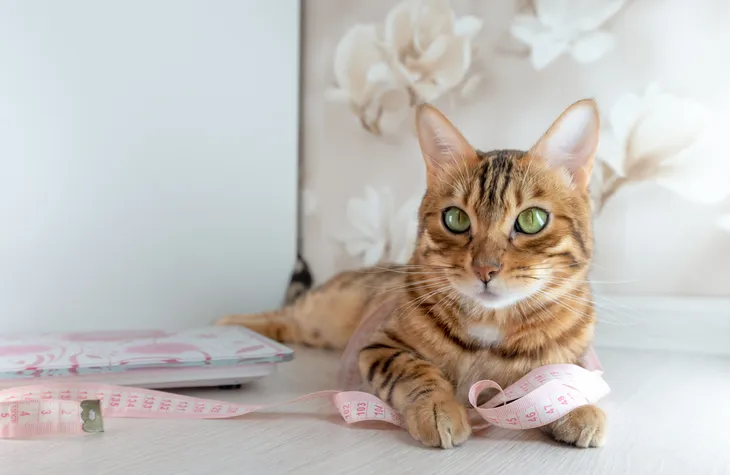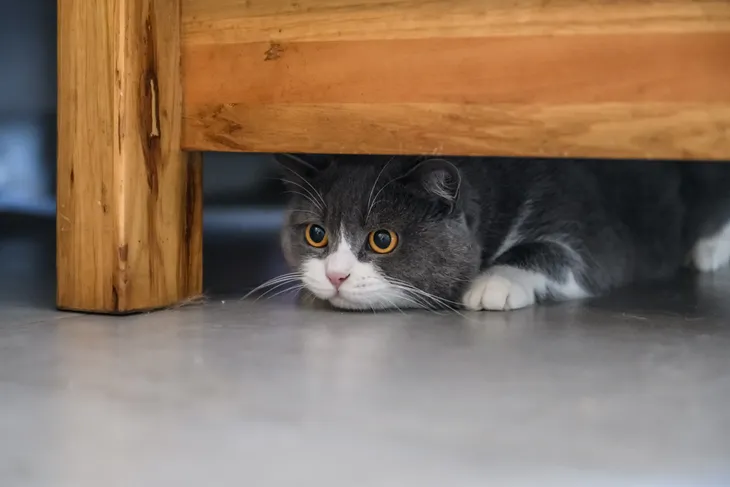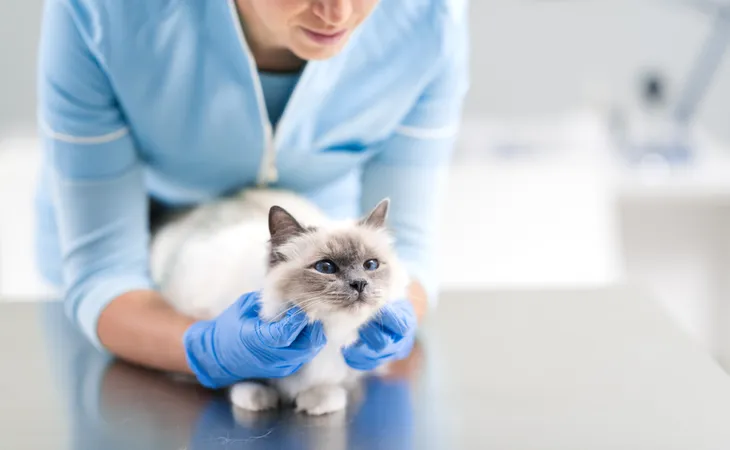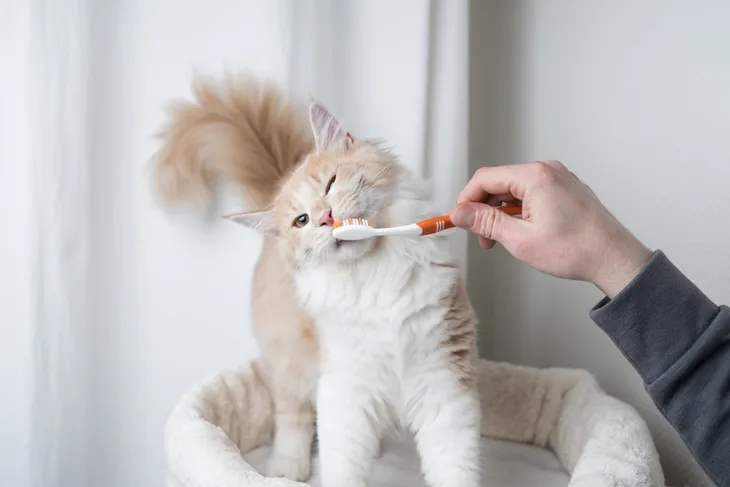They’re fluffy, quirky, and full of personality. Cats may be an acquired taste, but they’re one that most definitely gets better with age. The average house cat lives an average of 10 to 15-years — that’s a lot of pets, meows, and cuddles! But pet owners know all too well that the extra cuddle time often comes with a regular serving of vet visits and even a few sleepless nights.
Watching your cat grow older can be stressful. But breaking down the most common ailments and their symptoms and understanding exactly what you need to do when you spot them can help ease the anxiety of the unknown. Today, we’re going to look at some of the most common ailments plaguing aging cats around the world to prepare you and your family for the next stage of your pet’s life.
Liver Disease
The liver plays a crucial role in the way that your furry friend digests food, converts nutrients, and filters out toxic substances in the blood. It’s a digestive workhouse, though it is a common problem spot for aging cats.
Obesity, breed, and medications often play a factor in the health of your cat’s liver, as does their age. The older a cat gets, the more susceptible they are to liver disease or some other age-related disease that might also affect the liver.
Symptoms of Liver Disease in Cats
So, what should you look out for? Excessive drooling, diminished appetite, weight loss, yellowing of the skin and whites of the eyes, vomiting or diarrhea, increased thirst, and changes in behavior are the most common symptoms.
Thankfully, your cat can still live a long and happy life following a liver disease diagnosis. Modifications to their diet and medications can be used to manage the progression of the disease.
Kidney Disease
Your cat’s kidneys also play a major role in their overall health by effectively and efficiently removing waste products from their bloodstream. They also regulate the levels of potassium and sodium in the blood.
The complications of kidney disease usually only present themselves following months or even years of damage, which is why kidney disease is an ailment predominantly experienced by aging cats. In fact, only 10-percent of chronic renal failure cases occur in cats that are less than 3-years old.
Weight loss, poor coat quality, an increase in urine volume, a lack of appetite, and vomiting are all signs to look for.
Heart Disease
Living can put a lot of stress on the heart. Heart disease is something that all aging species are plagued by. It’s certainly not unique to aging cats.
Cardiomyopathy is the most common variety of heart disease experienced by aging cats, and its development may not have anything to do with the food that they consume or their general activity levels. In a lot of cases, cardiomyopathy in cats is genetic, though it does impact aging male cats more.
Symptoms of Heart Disease in Cats
Symptoms include labored breathing and general intolerance to activity. Sadly, there is no cure for hypertrophic cardiomyopathy in cats, and it is a disease that progresses with age.
Treatments include taking steps to control the cat’s heart rate and preventing the formation of blood clots using medications.
Diabetes
As you’ve no doubt learned, aging can dramatically increase disease risk factors across all animal species. But aging isn’t the only thing contributing to the development of feline diabetes in your house cat. Obesity, physical inactivity, gender, and the use of steroids can also lead to diabetes.
If caught early enough, and treated aggressively, feline diabetes can enter a state of remission, allowing your cat to live out the remainder of its life without the need for diabetes medicine. Having said that, many diagnoses lead to a life-long reliance on diabetes medicine.
Symptoms of Diabetes in Cats
So how do you know if your cat has diabetes? If your cat is on the heavier or older side and you notice that they’re losing weight despite their healthy appetite, they should be screened for diabetes. Increased thirst and urination may also signify the same thing.
Arthritis
Easily one of the most common ailments, arthritis can be incredibly painful and may cause your pet to sleep more, clean themselves less and move about less often too.
If you notice that your cat is more irritable than normal, has difficulty using the litter box, is hiding more than normal, or seems to be limping, you are encouraged to schedule an appointment with your veterinarian right away.
Arthritis in cats cannot be cured, but there are several medications, supplements, and treatment strategies designed to reduce pain and increase your pet’s quality of life.
Hyperthyroidism
Veterinarians treat older cats for hyperthyroidism very frequently. According to this study, nearly 20-percent of cats aged 10 or older will develop some level of hyperthyroidism in their lifetime. That’s a lot of cats!
Hyperthyroidism is caused by an enlarged thyroid gland and an increase in that gland’s production of various thyroid hormones. It can be treated, and treatment usually breeds good results provided the rest of your cat is healthy. Treatment options include medication, radioactive iodine therapy, surgery as well as dietary therapy.
Signs of Hyperthyroidism in Cats
Thankfully, this ultra-common ailment is quite easy to spot. Cats that develop it can experience dramatic symptoms including rapid weight loss in conjunction with an increased appetite, excessive drinking, vomiting, diarrhea, and even hyperactivity.
Periodontal Disease
Just like their owners, cat’s teeth require regular and focused care if they’re going to remain healthy and strong in the twilight years of their life. Proper feline dental care often includes specially formulated dental diets, regular visits to your veterinary surgeon, and yes, brushing. Sadly, many pet owners remain blissfully unaware of their cat’s dental needs, which is why feline periodontal disease remains so common.
Caused by a prolonged buildup of plaque, the periodontal disease attacks the gums and can cause yellow teeth, bleeding gums, loss of appetite, and lost teeth. Periodontal disease is more common in older cats. To help prevent it, start mixing in a scoop of dental formulated kibble at a young age to keep your kitty happy and healthy.
Cancer
No species is safe from the reach of this dreaded disease. Though cancer seemingly affects dogs more often, it can be more aggressive in cats.
Owners of aging cats need to be extra vigilant in noticing unusual behavior patterns and feeling for lumps. Symptoms can be wide-ranging, but if you notice vomiting, diarrhea, external lumps, or difficulty breathing, then you should get your pet to the vet as soon as possible.
Golden Years
Part of keeping your aging cat safe, and maximizing your time together, is taking the necessary steps to become a more educated pet owner. Understanding the most common ailments and familiarizing yourself with their symptoms could save your pet’s life one day.
Maintaining a regular veterinary routine, monitoring your cat’s eating habits, and keeping an eye on their weight are all important steps in maintaining your cat’s health. Don’t forget, no pet owner is perfect. You simply must do your best and enjoy the time that the two of you have together.
